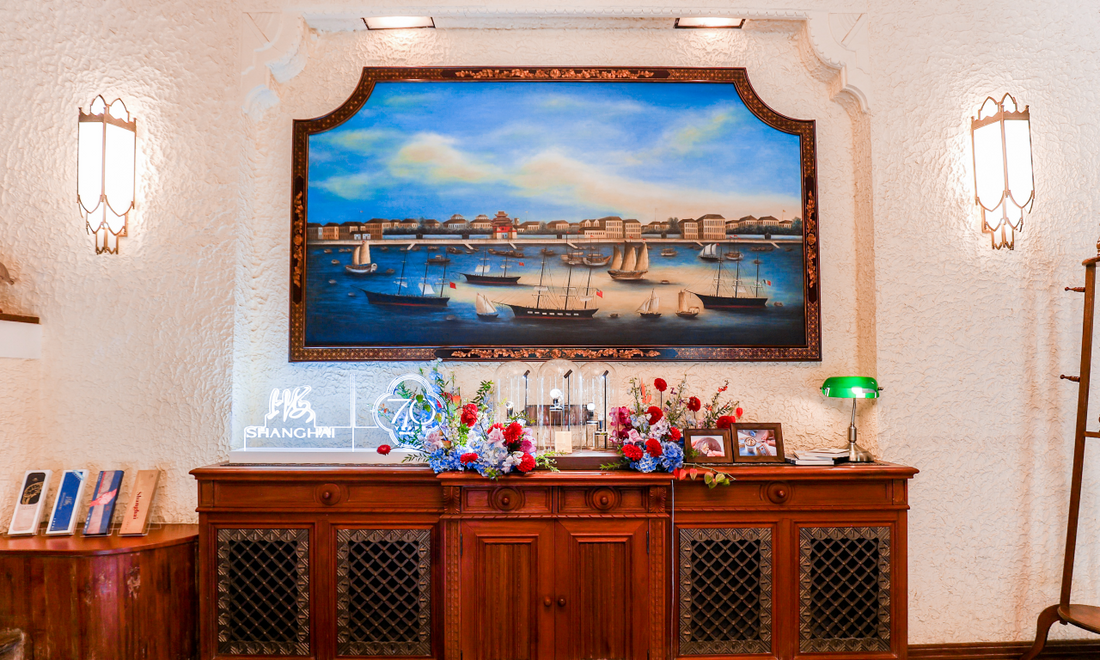
Shanghai Watch Marks 70 Years as “Time-Honored” Brands Unite for Revival
Aktie
A wristwatch may be small, but it can carry the weight of 70 years of industrial memory. In Shanghai’s historic concessions district, the “Shanghai Watch 70th Anniversary Exhibition” opened in a restored villa. More than a brand retrospective, it signalled a shift in the city’s consumer landscape: under the guidance of the Shanghai Time-Honored Brands Association, a roster of heritage names—including Shanghai Watch, Hero pens and Phoenix bicycles—signed a joint declaration to revitalise their brands, ushering in a new era of resource-sharing and cross-industry collaboration.

Old names seek new tricks

The real spectacle was not the timepieces on display but the line-up of legacy brands presenting a united front. Witnessed by the China Horologe Association and Yuyuan Inc., Shanghai Watch joined forces with Hero Group (maker of Hero pens), Phoenix bicycles and Shanghai National Musical Instruments Factory, among others, to sign the “Shanghai Time-Honored Consumer Brands Revitalisation Initiative.”

“This marks a new phase: moving from solitary effort to collaborative innovation,” said Sun Zhongming, secretary-general of the city’s association of time-honored enterprises. The pledge calls for deeper cooperation in digital transformation, cultural branding and market expansion. The ambition is to create new consumer experiences: a Hero pen designer contributing to a watch dial, perhaps, or a cycling-themed collaboration between Phoenix and Shanghai Watch.

The move is a calculated response to the rise of “guochao”—the wave of consumer enthusiasm for homegrown brands. By pooling resources, Shanghai’s heritage names hope to boost competitiveness and burnish the “Made in Shanghai” label.

Seven decades of industry on display
The exhibition doubled as a preview for a forthcoming watch-themed gallery at the Shanghai Industrial Museum, scheduled for 2027. Historical photographs, watchmaking tools and archival documents charted Shanghai Watch’s trajectory as a standard-bearer of local manufacturing.

Among the exhibits: an A623 model once worn daily by Premier Zhou Enlai, present at countless diplomatic milestones; and a Type 301 aviation clock whose movement was used in the timing system of China’s first atomic-bomb test. Both testified to the entanglement of “Shanghai-made” precision instruments with national history.
More intimate artefacts were also on view. As part of the “Repairing Old Times” project, which collected 70 watches from the public for free restoration, two pieces were displayed: one inscribed with a story of revolutionary friendship, another passed down through three generations of a family as a symbol of maternal devotion. Such tales turned cold mechanics into carriers of memory, animating the city’s collective past.

From precision to health tech
Even as it mined its history, Shanghai Watch looked forward. It unveiled the Revival: Morning in Shanghai, a golden minute-repeater wristwatch, limited to just seven pieces worldwide. Inspired by the Customs House on the Bund, the piece combined micro-gold engraving, gemstone mosaic-setting and the chiming complication—a miniature work of art crafted under the hand of renowned engraver Mei Hua. It was both a showcase of horological savoir-faire and a statement of cultural confidence.

The company also launched its first smart health watch, the RuiWatch Pro, developed with Ruijin Hospital and digital health firm Fuyun. Powered by a medical large language model, the watch analyses heart rate, blood pressure and blood oxygen, generating personalised health guidance and linking data to hospital management systems. It is a notable pivot for a heritage brand into the fast-growing digital health sector.

By aligning with fellow legacy names, curating an exhibition of industrial memory, and straddling both haute horlogerie and smart devices, Shanghai Watch’s 70th anniversary marks more than a corporate milestone. It illustrates how “Made in Shanghai” seeks to reconcile tradition with reinvention—and to carve out a new place in China’s consumer zeitgeist.
